Items Similar to La Facade aux Cariatide, Heliogravure by Marcantonio Raimondi
Want more images or videos?
Request additional images or videos from the seller
1 of 3
La Facade aux Cariatide, Heliogravure by Marcantonio Raimondi1875
1875
$2,500
£1,885.01
€2,180.29
CA$3,536.98
A$3,856.08
CHF 2,037.48
MX$47,420.77
NOK 25,334.43
SEK 23,849.01
DKK 16,276.23
About the Item
Marcantonio Raimondi, After by Amand Durand, Italian (1480 - 1534) - La Facade aux Cariatide, Year: 1875, Medium: Heliogravure on Laid Paper, Size: 13 x 9.5 in. (33.02 x 24.13 cm), Printer: Amand Durand, Description: French Engraver and painter Charles Amand Durand, (1831-1905) is recognized and praised for accomplishing the difficult task of renewing original copper plate designs made by van Dyck, van Leyden, Rembrandt, Durer, Beham, and other various Old Masters from the 15th, 16th, and 17th centuries. The task started when the main curator of the Louvre gave Amand Durand the important mission of restoring the worn down and fragile engravings made by Rembrandt. This is a modern printing from the Durand plates. Published in "Eaux-Fortes et Gravures des Maitres anciens, Tirees Des Collections Les Plus Celebres" by Edouard Lievre and Georges Duplessis.
- Creation Year:1875
- Dimensions:Height: 13 in (33.02 cm)Width: 9.5 in (24.13 cm)
- Medium:
- Movement & Style:
- After:Marcantonio Raimondi (1480 - 1534, Italian)
- Period:
- Framing:Framing Options Available
- Condition:
- Gallery Location:Long Island City, NY
- Reference Number:Seller: 561551stDibs: LU46614485652
About the Seller
4.9
Platinum Seller
Premium sellers with a 4.7+ rating and 24-hour response times
Established in 1979
1stDibs seller since 2014
3,105 sales on 1stDibs
Typical response time: 1 hour
- ShippingRetrieving quote...Shipping from: Long Island City, NY
- Return Policy
Authenticity Guarantee
In the unlikely event there’s an issue with an item’s authenticity, contact us within 1 year for a full refund. DetailsMoney-Back Guarantee
If your item is not as described, is damaged in transit, or does not arrive, contact us within 7 days for a full refund. Details24-Hour Cancellation
You have a 24-hour grace period in which to reconsider your purchase, with no questions asked.Vetted Professional Sellers
Our world-class sellers must adhere to strict standards for service and quality, maintaining the integrity of our listings.Price-Match Guarantee
If you find that a seller listed the same item for a lower price elsewhere, we’ll match it.Trusted Global Delivery
Our best-in-class carrier network provides specialized shipping options worldwide, including custom delivery.More From This Seller
View AllPallas, Old Masters Heliogravure Etching by Marcantonio Raimondi
By Marcantonio Raimondi
Located in Long Island City, NY
Marcantonio Raimondi, After by Amand Durand, Italian (1480 - 1534) - Pallas, Year: 1875, Medium: Heliogravure on Laid Paper, Size: 11.5 x 7.25 in. (29.21 x 18.42 cm), Printer: Ama...
Category
1870s Old Masters Prints and Multiples
Materials
Etching
La Foi, Old Masters Heliogravure Etching by Marcantonio Raimondi
By Marcantonio Raimondi
Located in Long Island City, NY
Marcantonio Raimondi, After by Amand Durand, Italian (1480 - 1534) - La Foi, Year: 1875, Medium: Heliogravure, Size: 9 x 4.75 in. (22.86 x 12.07 cm), Printer: Amand Durand, Descri...
Category
1870s Old Masters Prints and Multiples
Materials
Etching
La cassolette, Heliogravure by Marcantonio Raimondi
By Marcantonio Raimondi
Located in Long Island City, NY
Marcantonio Raimondi, After by Amand Durand, Italian (1480 - 1534) - La cassolette, Year: 1875, Medium: Heliogravure, Size: 12.5 x 7 in. (31.75 x 17.78 cm), Printer: Amand Durand,...
Category
1870s Old Masters Prints and Multiples
Materials
Etching
Appolon, Heliogravure by Marcantonio Raimondi
By Marcantonio Raimondi
Located in Long Island City, NY
Marcantonio Raimondi, After by Amand Durand, Italian (1480 - 1534) - Appolon, Year: 1875, Medium: Heliogravure, Size: 12 x 7 in. (30.48 x 17.78 cm), Printer: Amand Durand, Descrip...
Category
1870s Old Masters Prints and Multiples
Materials
Etching
La Force I, Heliogravure by Marcantonio Raimondi
By Marcantonio Raimondi
Located in Long Island City, NY
Marcantonio Raimondi, After by Amand Durand, Italian (1480 - 1534) - La Force I, Year: 1875, Medium: Heliogravure, Size: 6 x 3.25 in. (15.24 x 8.26 cm), Printer: Amand Durand, Des...
Category
1870s Old Masters Prints and Multiples
Materials
Etching
La charite, Heliogravure by Marcantonio Raimondi
By Marcantonio Raimondi
Located in Long Island City, NY
Marcantonio Raimondi, After by Amand Durand, Italian (1480 - 1534) - La charite, Year: 1875, Medium: Heliogravure, Size: 9.25 x 4.75 in. (23.5 x 12.07 cm), Printer: Amand Durand, ...
Category
1870s Old Masters Prints and Multiples
Materials
Etching
You May Also Like
Ancient Roman Architectures - Etching Ferdinando Campana - 18th Century
Located in Roma, IT
Ancient Roman Fresco from "Antiquities of Herculaneum" is an etching on paper realized by Ferdinando Campana in the 18th Century.
Signed on the ...
Category
Late 18th Century Old Masters Figurative Prints
Materials
Etching
Ancient Temple Hercolaneum - Etching by Nicola Vanni - 18th Century
Located in Roma, IT
Ancient Roman Fresco from "Antiquities of Herculaneum" is an etching on paper realized by Nicola Vanni in the 18th Century.
Signed on the plate.
Good conditions and aged.
The etch...
Category
Late 18th Century Old Masters Figurative Prints
Materials
Etching
Roman Temple Fresco - Etching by Carlo Oraty - 18th Century
Located in Roma, IT
Roman Temple Fresco from "Antiquities of Herculaneum" is an etching on paper realized by Carlo Oraty in the 18th Century.
Signed on the plate.
Good conditions expect some folding a...
Category
Late 18th Century Old Masters Figurative Prints
Materials
Etching
Mausoleo Eretto nella Chiesa di S. Carlo [...] - Original Etching - 19th Century
Located in Roma, IT
"Mausoleo eretto nella Chiesa di S. Carlo al corso nel solenne Funerale celebrato per i Deportati" is an original print in etching technique on ivory-colorated paper by Anonymous Art...
Category
19th Century Contemporary Figurative Prints
Materials
Etching
Ancient Roman Relief - Original Etching by Vincenzo Campana - 18th Century
By Vincenzo Campana
Located in Roma, IT
Ancient Roman Relief, from the series "Antiquities of Herculaneum", is an original etching on paper realized by Vincenzo Campana in the 18th century.
Signed on the plate on the lower...
Category
Late 18th Century Old Masters Figurative Prints
Materials
Etching
Ancient Roman Relief - Original Etching by Vincenzo Aloja - 18th Century
Located in Roma, IT
Ancient Roman Relief, from the series "Antiquities of Herculaneum", is an original etching on paper realized by Vincenzo Aloja in the 18th Century.
Signed on the plate on the lower r...
Category
Late 18th Century Old Masters Figurative Prints
Materials
Etching
More Ways To Browse
Whistler Drypoint
World War 1 Art
60s Psychedelic
Alex Katz American Dance Festival
Allegorien Neue Folge
American Woodblock
Antoine De Saint Exupery Le Petit Prince
Aries Art
Avant Garde Poster
Chagall Eve
Chicken Lithograph
Cirque Antique
Cyrano De Bergerac
David Bowie Pop Art
Donald Sultan Mimosa
Eighteenth Century Prints
Femme Au Chapeau
Gene Autry
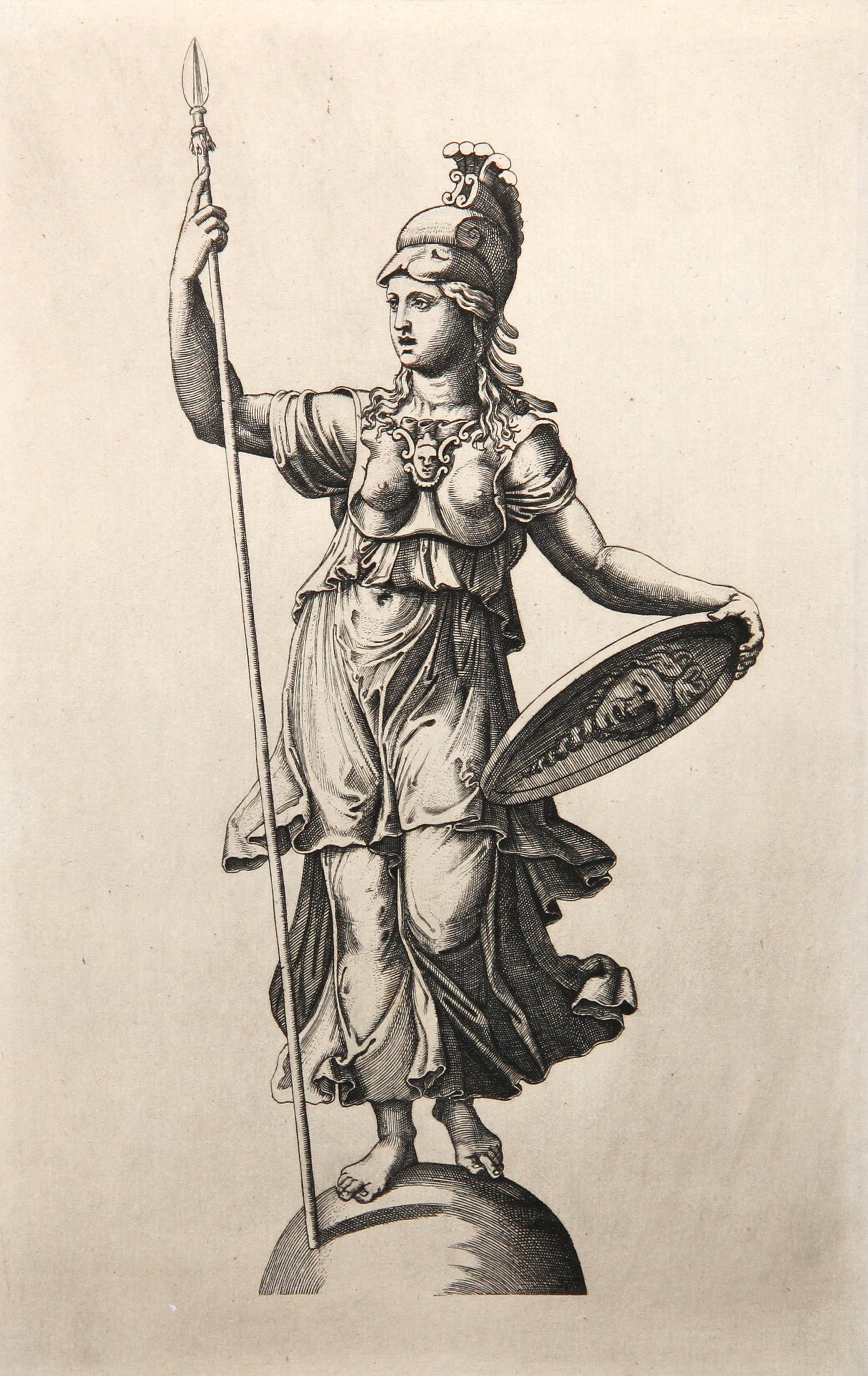
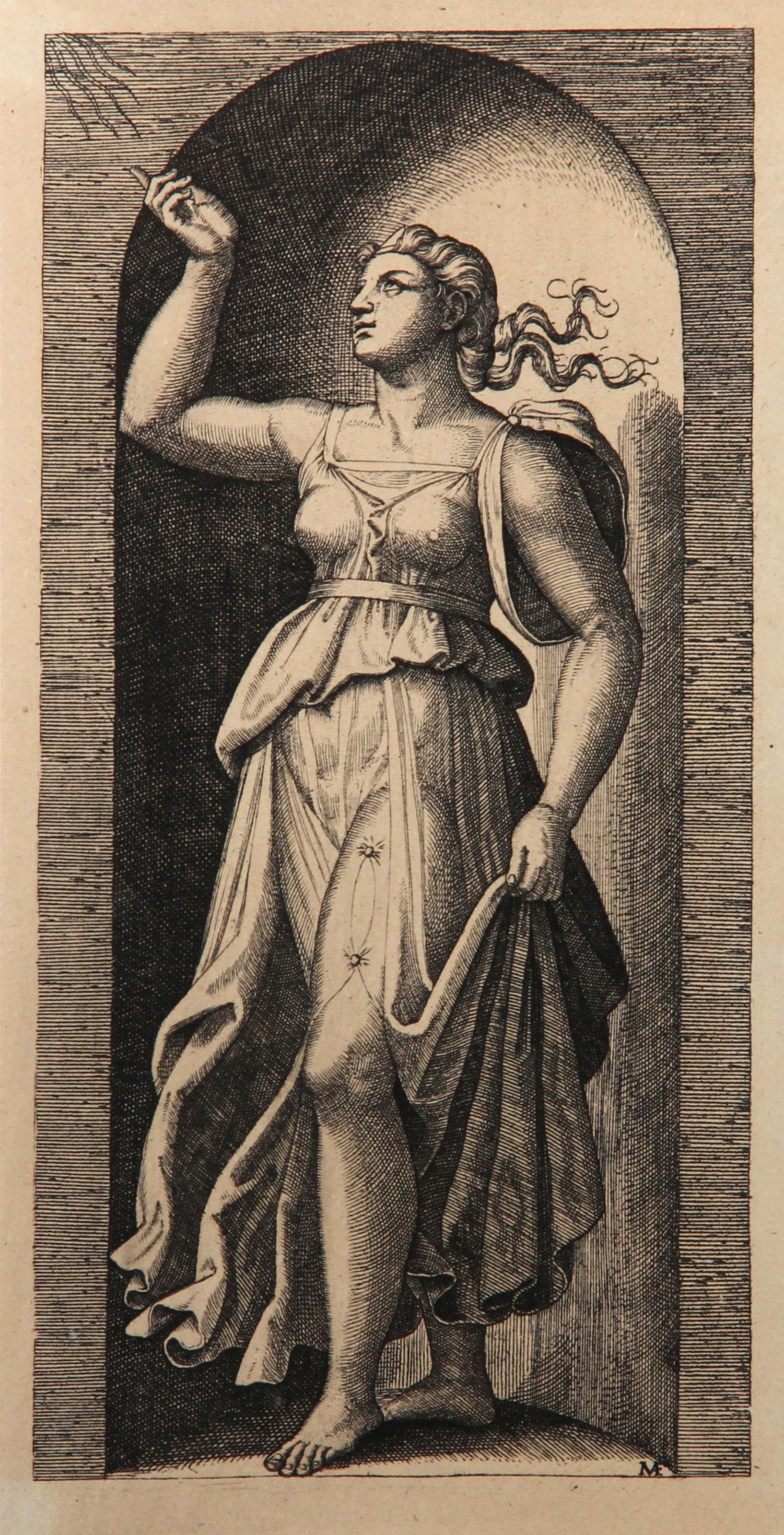
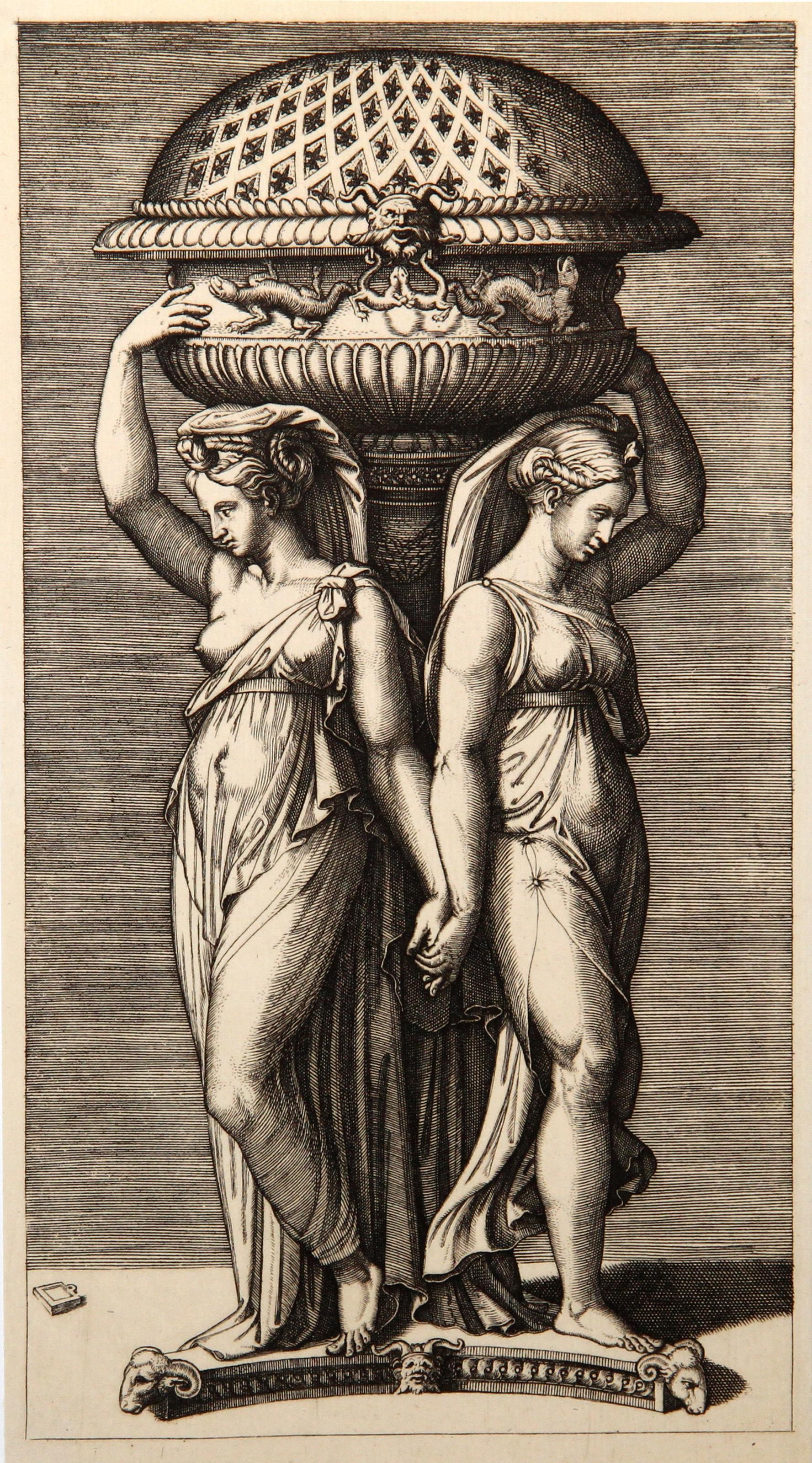
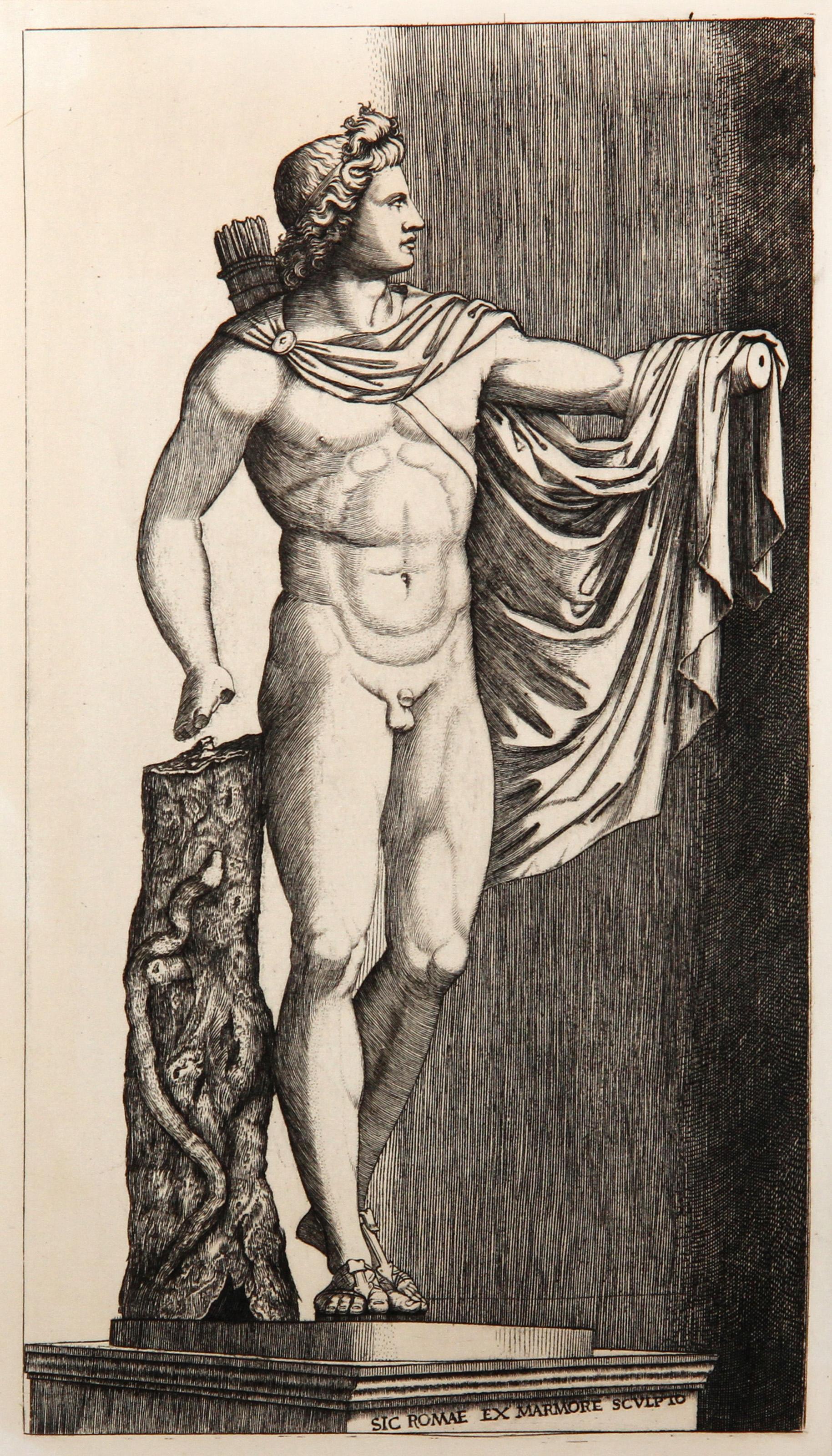
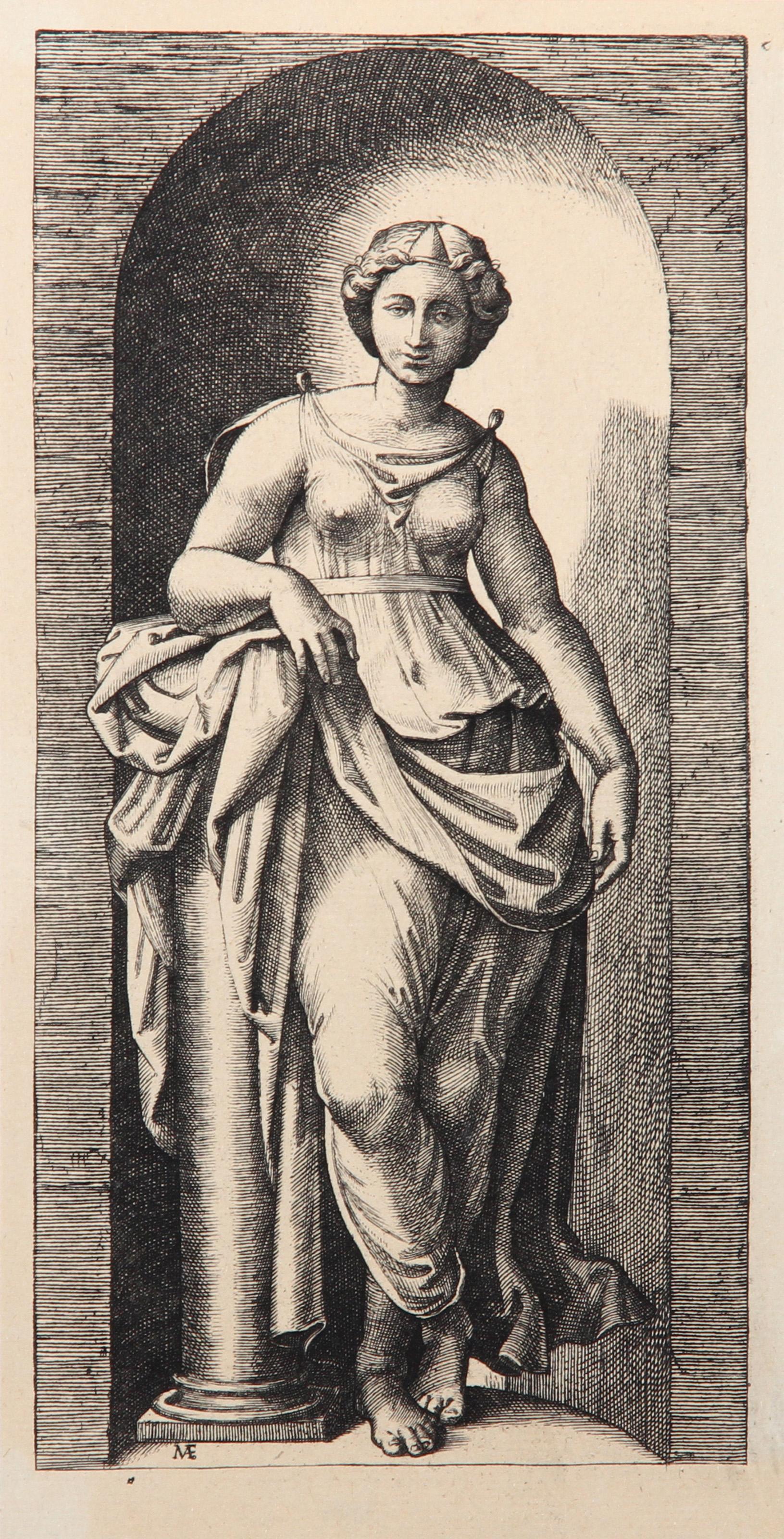
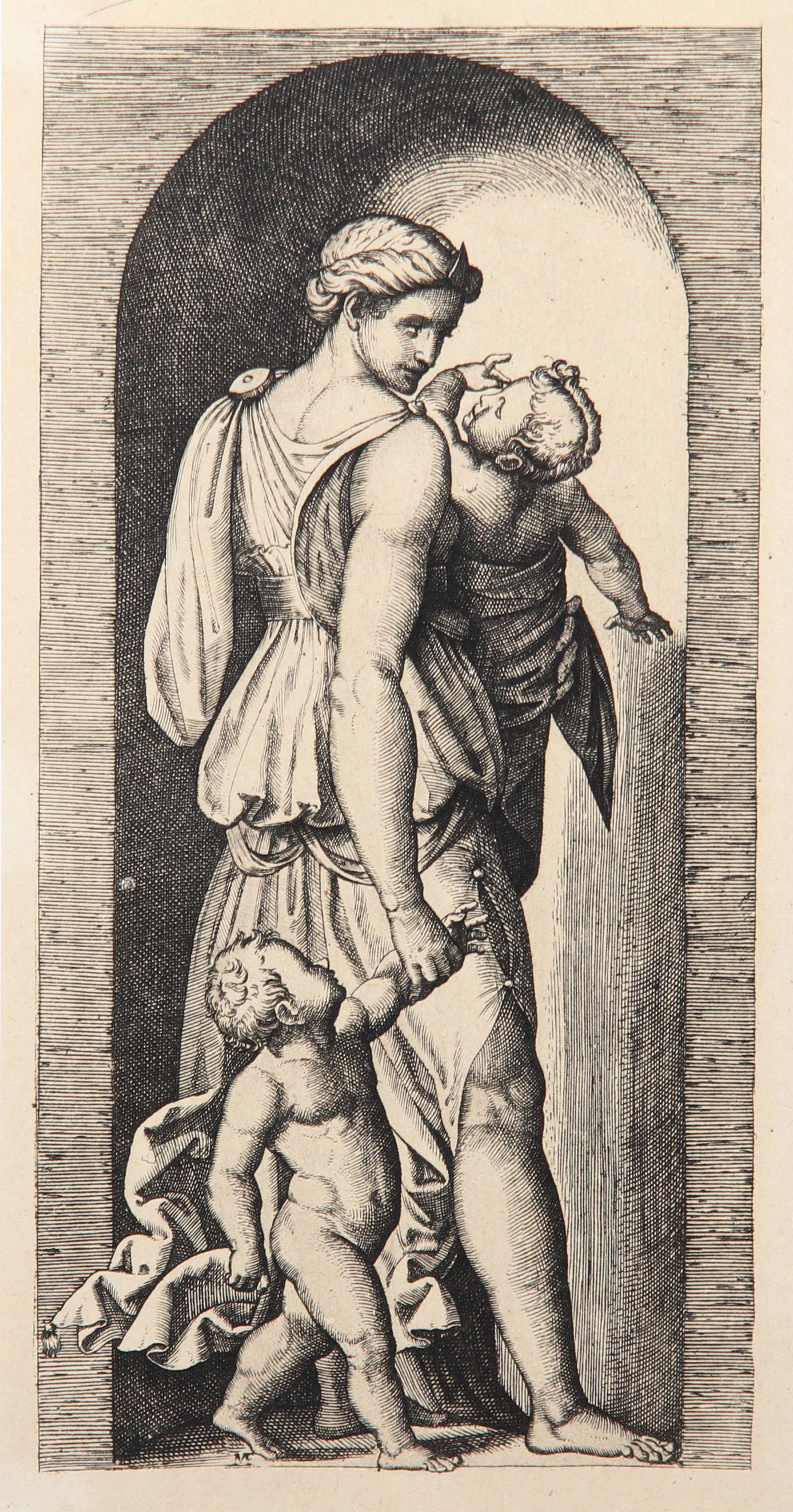
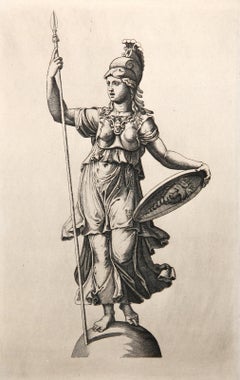
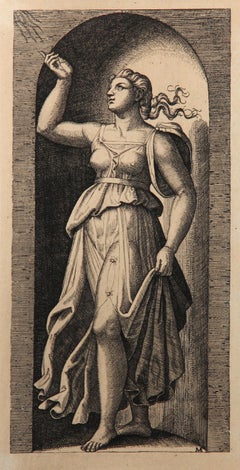
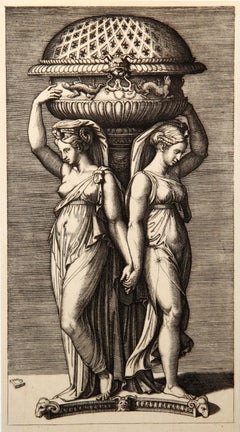
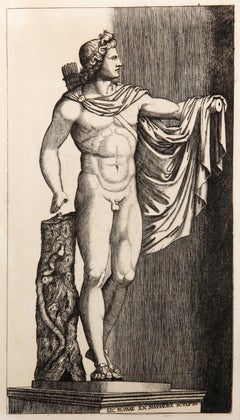
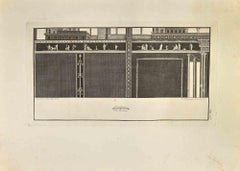
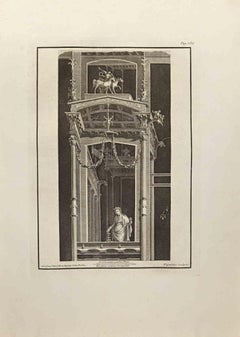
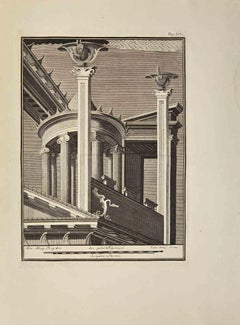
![Mausoleo Eretto nella Chiesa di S. Carlo [...] - Original Etching - 19th Century](https://a.1stdibscdn.com/unknown-prints-works-on-paper-mausoleo-eretto-nella-chiesa-di-s-carlo-original-etching-19th-century-for-sale/a_6503/a_72263221610125590593/M_111486_MIZ_18757_20200720155725316_0001_2_master.jpg?width=240)